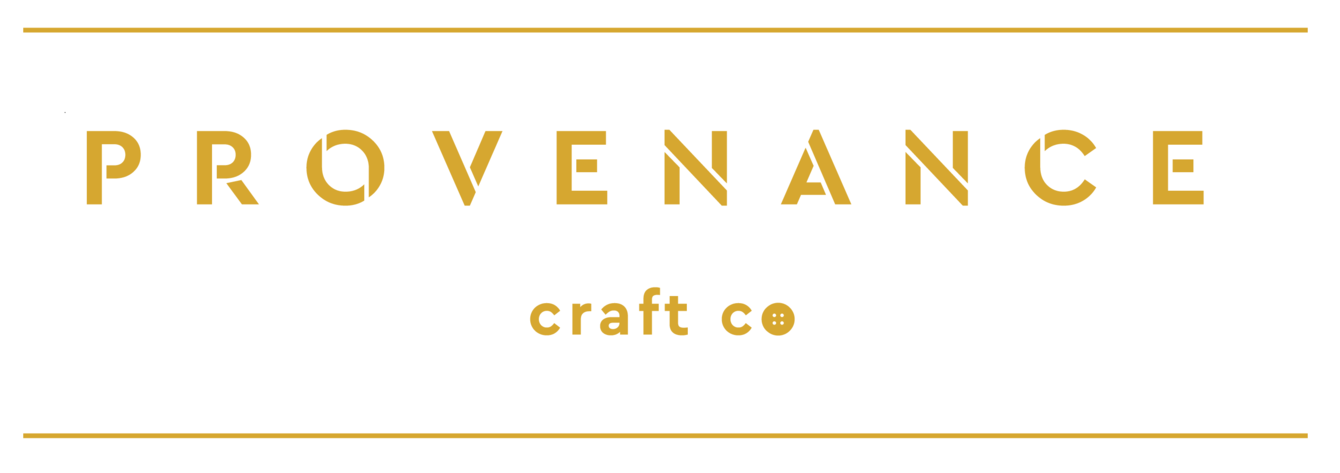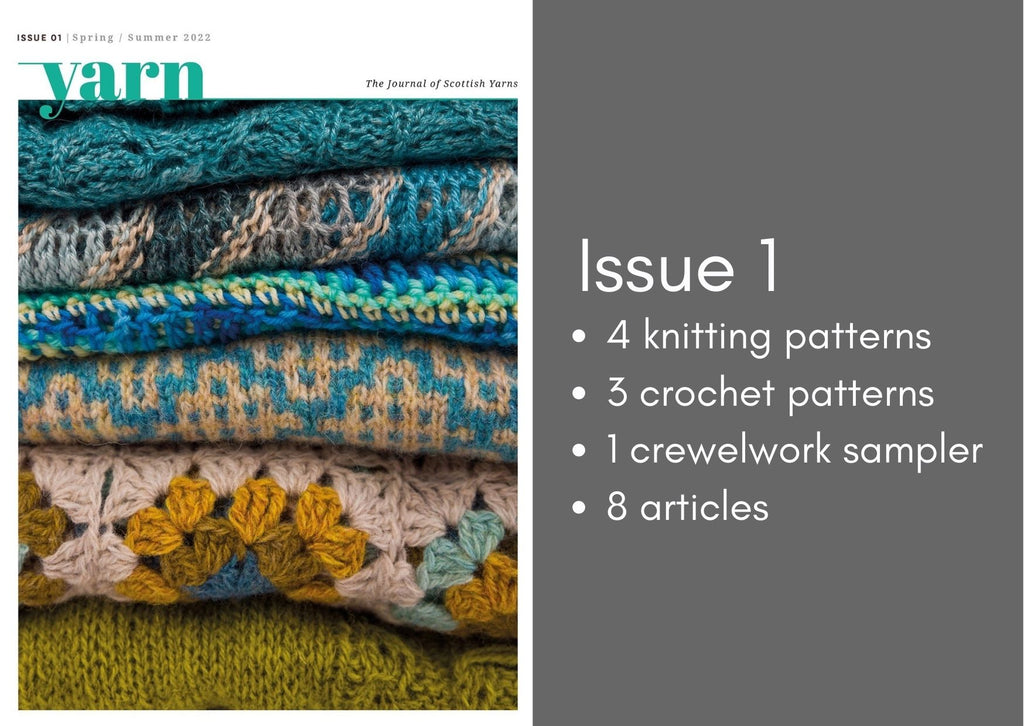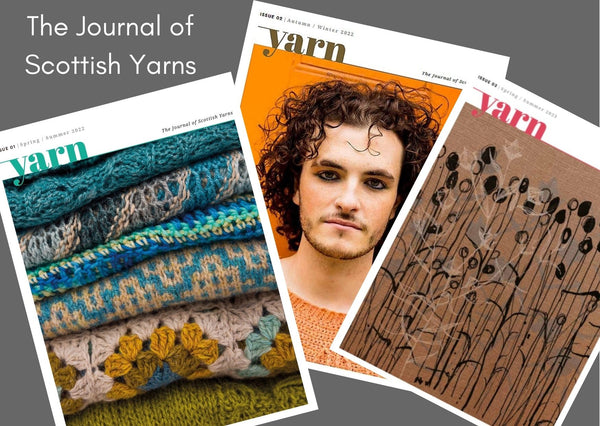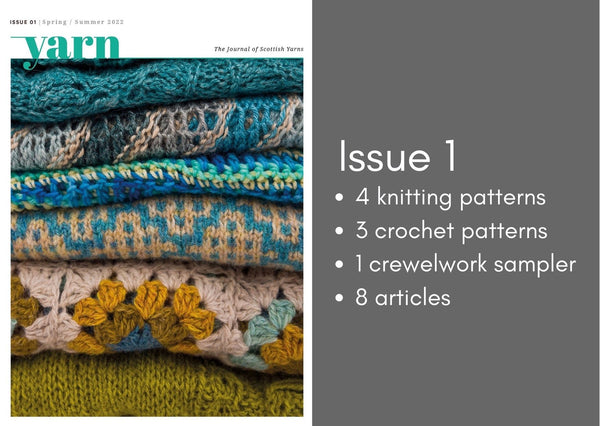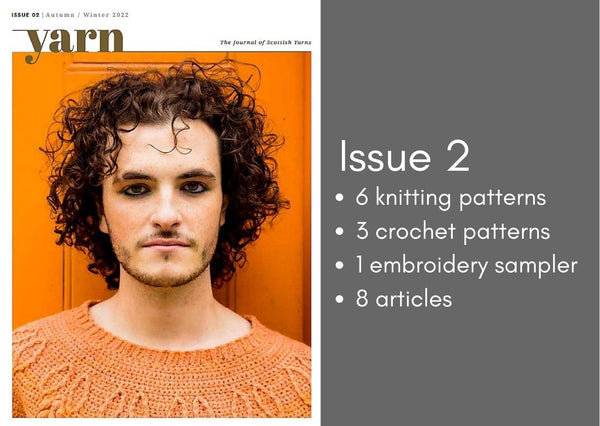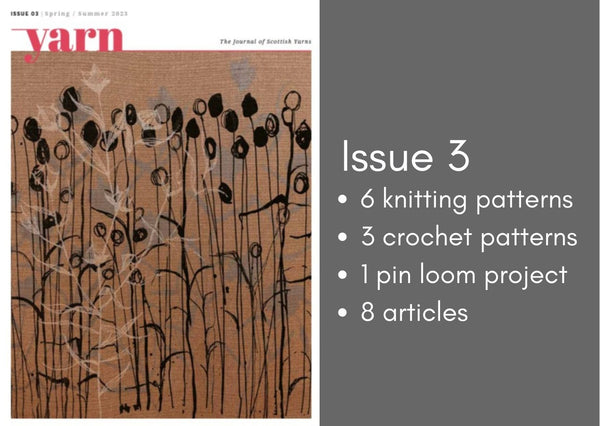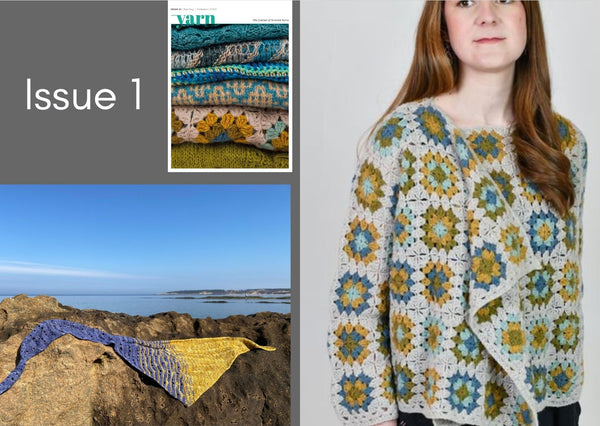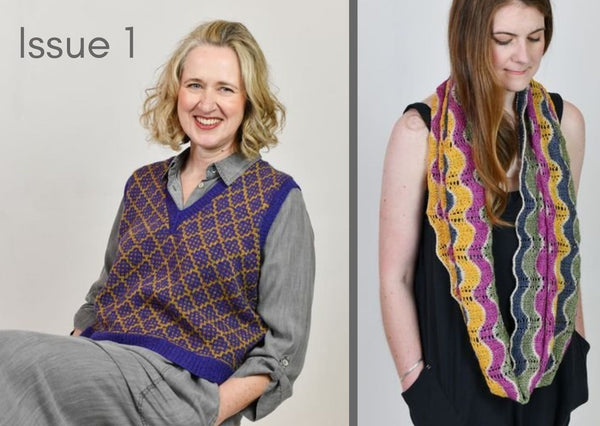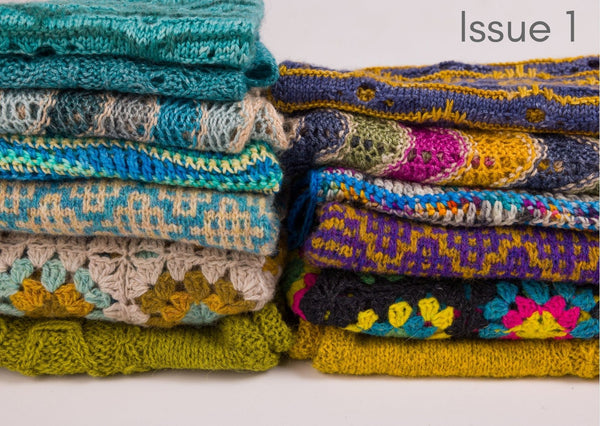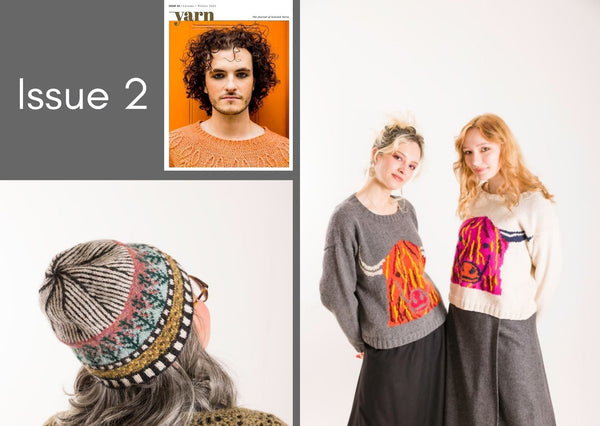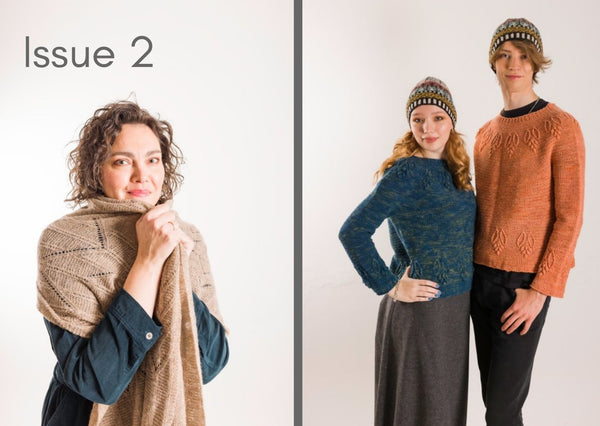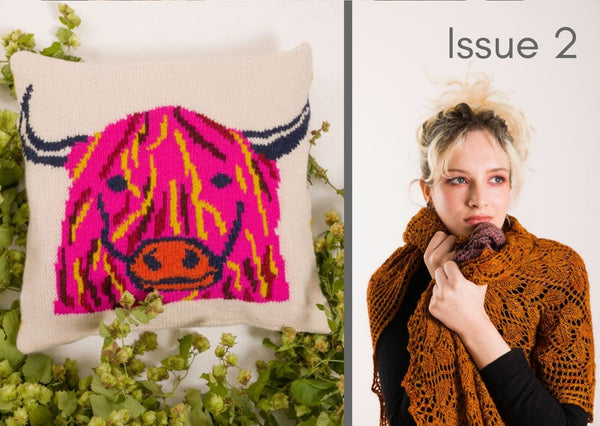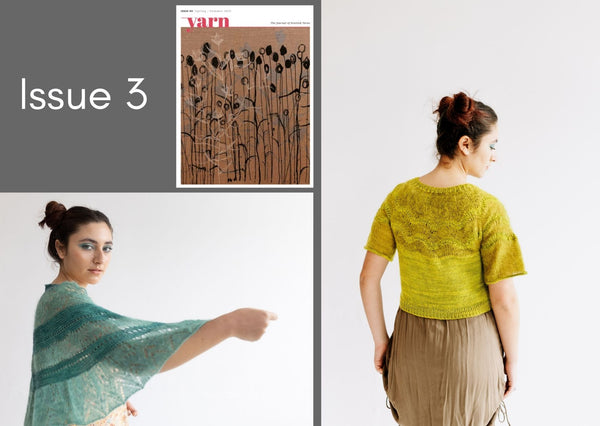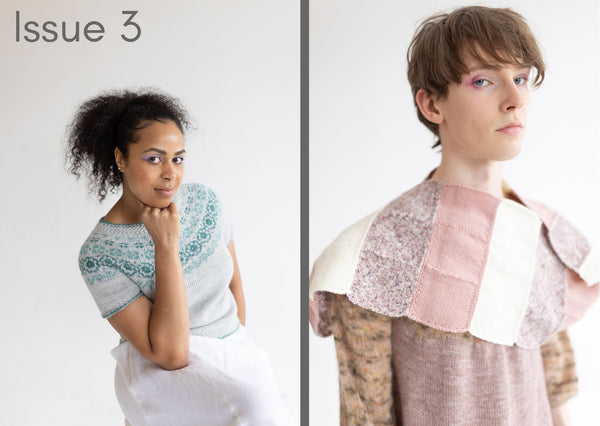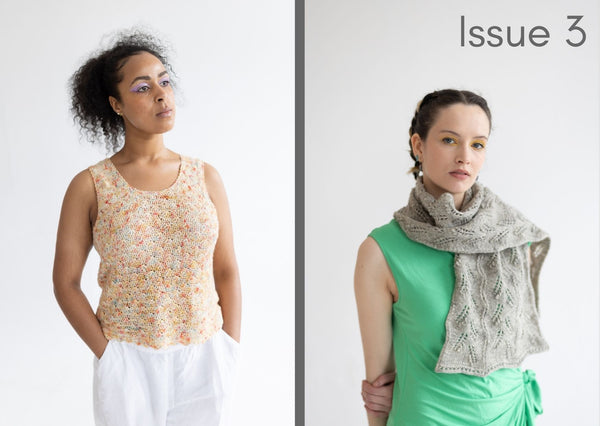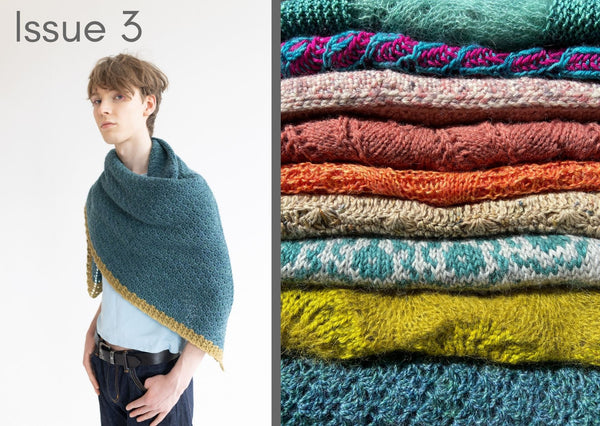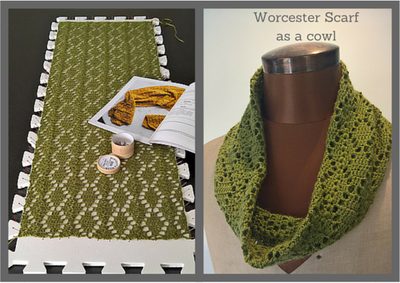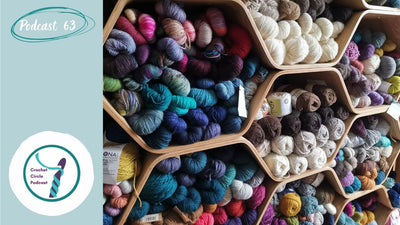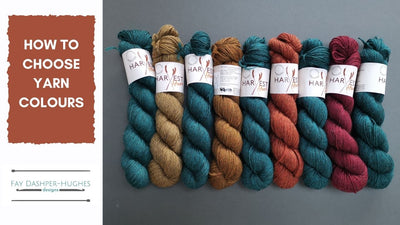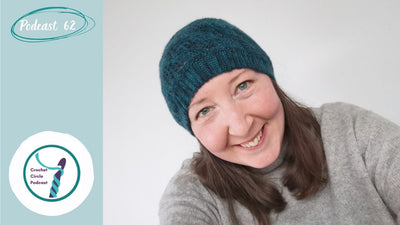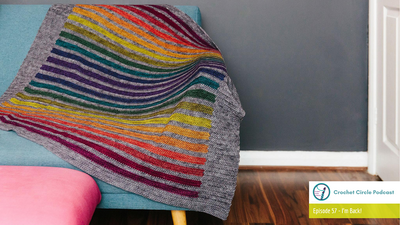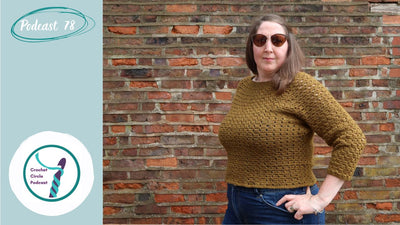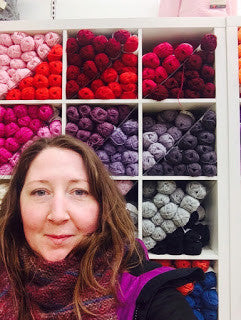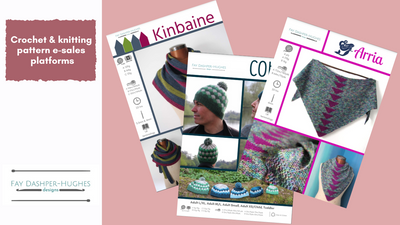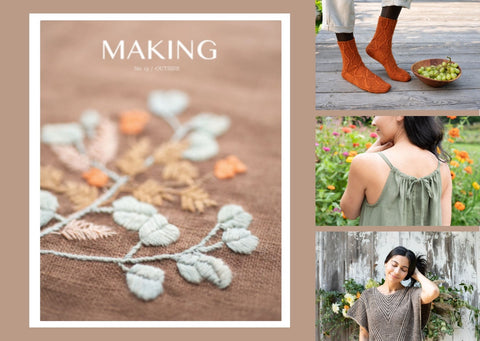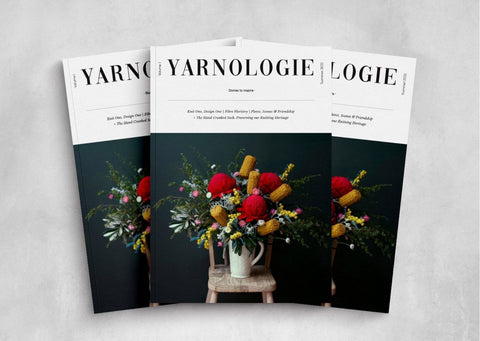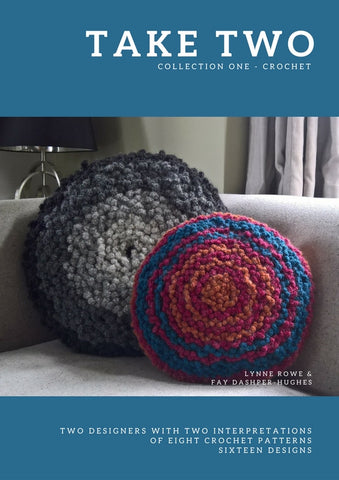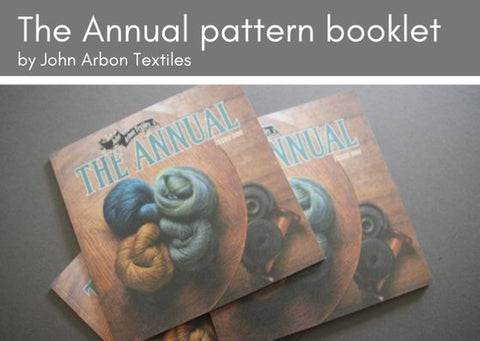Provenance Craft Co
The Journal of Scottish Yarns
The Journal of Scottish Yarns is full of crochet and knitting projects. What really sets it apart though are the eight in-depth articles that appear in every issue.
Flick through the images to see some of the projects in each issue and see below for the titles of each article per issue.
Issue 1 articles:
- Short History of Scottish Textiles: A run through the History of Scottish Textiles illustrated with some of the panels from The Great Tapestry of Scotland
- Newburgh Handloom Weavers: From South Uist to the Scottish Borders and Fife, Newburgh Handloom Weavers are producing handwoven bespoke tweed on looms with a story
- The Native Sheep Breeds of Scotland: Steeped in more than 6,000 years of history, Scottish sheep are an interesting flock
- The Story of Iona Wool: The story of how single origin Iona Wool came to be created
- The Border Mill: What do you do when you have more alpaca fleece than you can hand-spin? Set up a new mill in Duns in the Scottish Borders
- Stitching Loyalty: An 18th century embroidery making a statement of loyalty to the exiled Stuart royal family
- Dovecot Studios produce a tapestry woven masterpiece from a masterpiece of a masterpiece
- Learning to Spin: Some of the experts in and around Scotland share their advice on learning a specific craft
Issue 2 articles
- Di Gilpin: a retrospective on the career - so far - of knitwear designer and Scottish textile advocate
- The Princes Trust Future Textiles programme: with specifics from The Library of Knit, a Knitwise project which Di Gilpin worked on culminating in an installation in the arboreteum of Dumfries House in Ayrshire
- The origins of Tartan: commemorating the 200th anniversary of Gorge IV visit to Edinburgh in 1822
- The Silly Sheep Fibre Company: story of yarn from a croft on Shetland and their adventures with several sheep breeds
- Jennie Howes, SkyBluePink Designs: evolution of a life in crafting from learning as a child through to operating a shop in Berwick-upon-Tweed, teaching crafts and selling handspun yarn
- Black Isle Yarns: story of a small yarn producer who gathers fleece from smallholdings on the Black Isle and hand dyes the spun yarn using natural plant dyes
- Woven Identities: Tartan meets Koru by Maori artist Mitchell Manuel: an exploration cultural heritage and symbolism inspired by Scottish ancestry, based on the autumn exhibition at the Smith Gallery in Stirling
- A view of New Zealand from emigrating Scots via the Diaspora Tapestry
You may also be interested in Making crafting magazine, Moorit crochet magazine or Making Stories knitting magazine.
Dimensions
estimated 25.5cm x 20cm x 1.5cm
Product materials, sourcing and PoM Rating
Printed in Scotland

Postage and Packaging
You can read all about P&P here.
The P&P costs applied are very transparent. No additional costs are added on, you simply pay for the cost of packaging and the cost of postage. I don't offer free P&P because what that usually means is that the cost of P&P has been added to the cost of goods. I think it is better to assume that my customers aren't daft and would rather have transparent P&P costs than the pretence of 'Free P&P' with potentially inflated prices on the items that they are buying.
